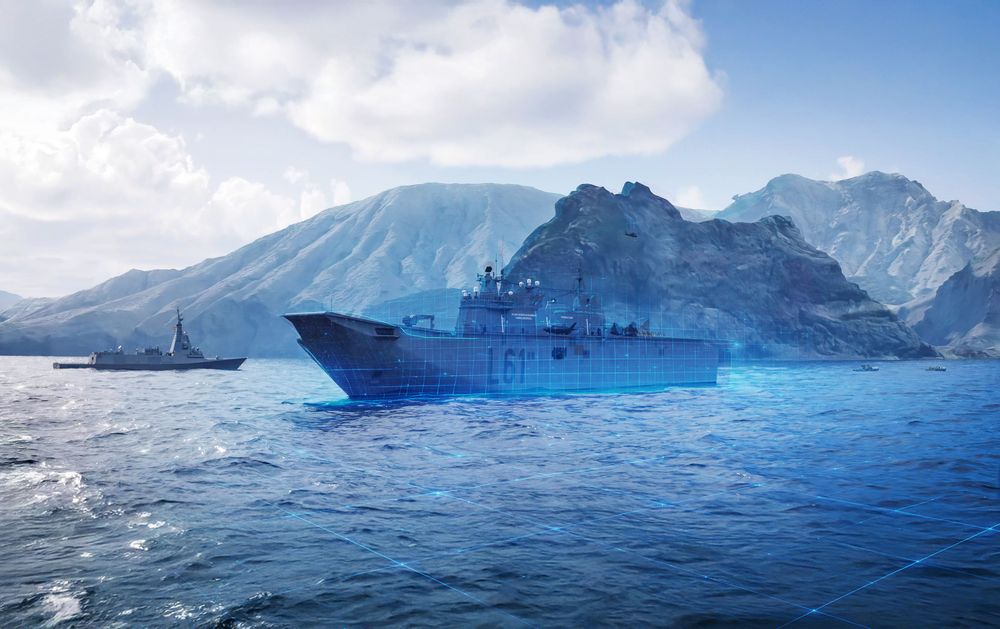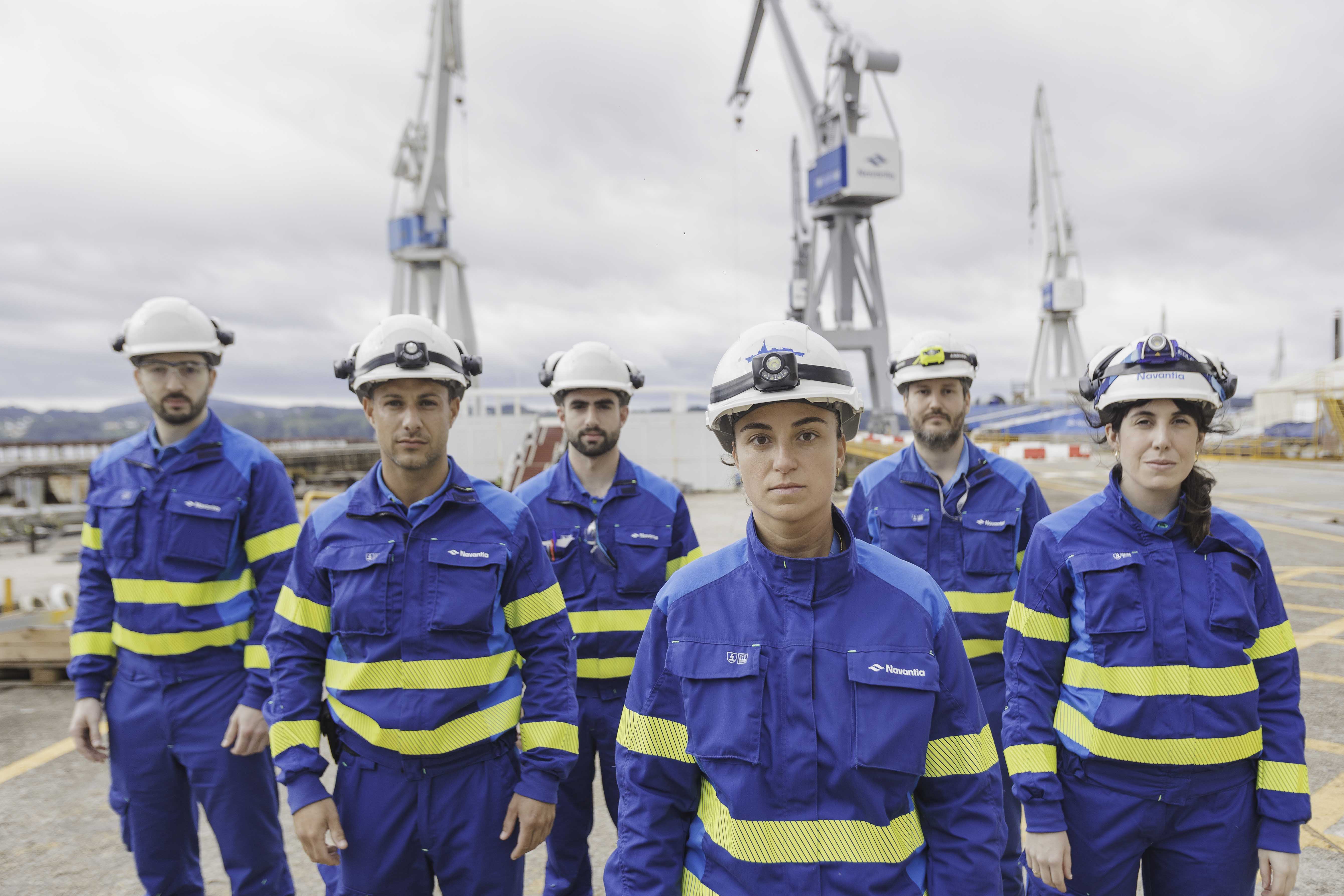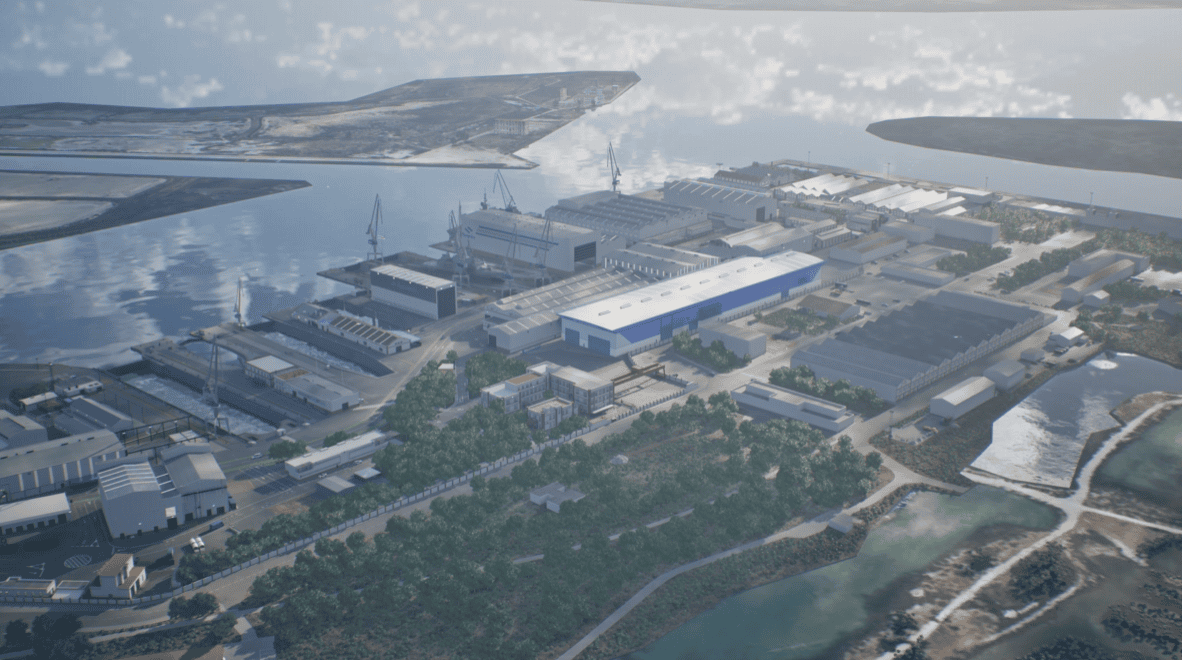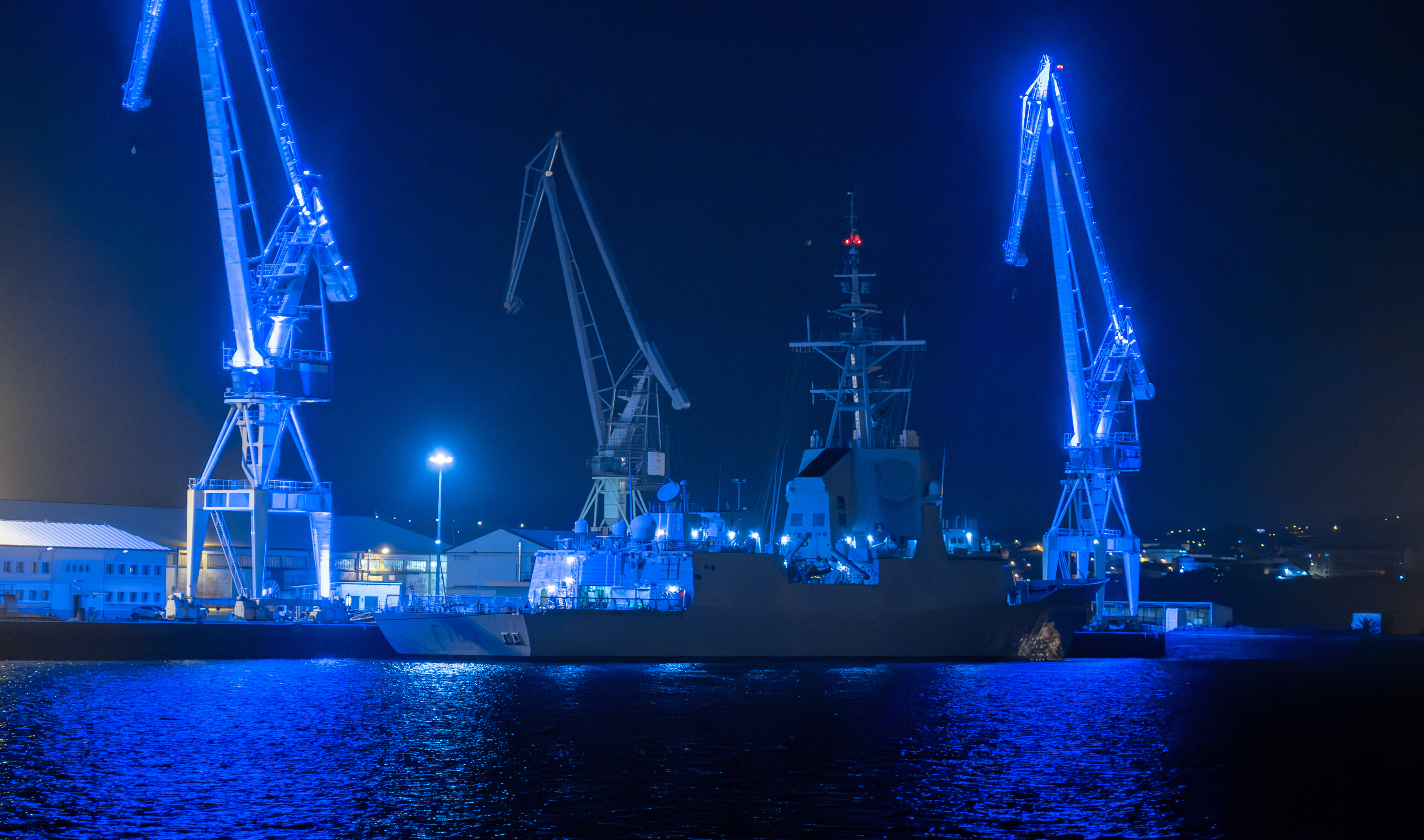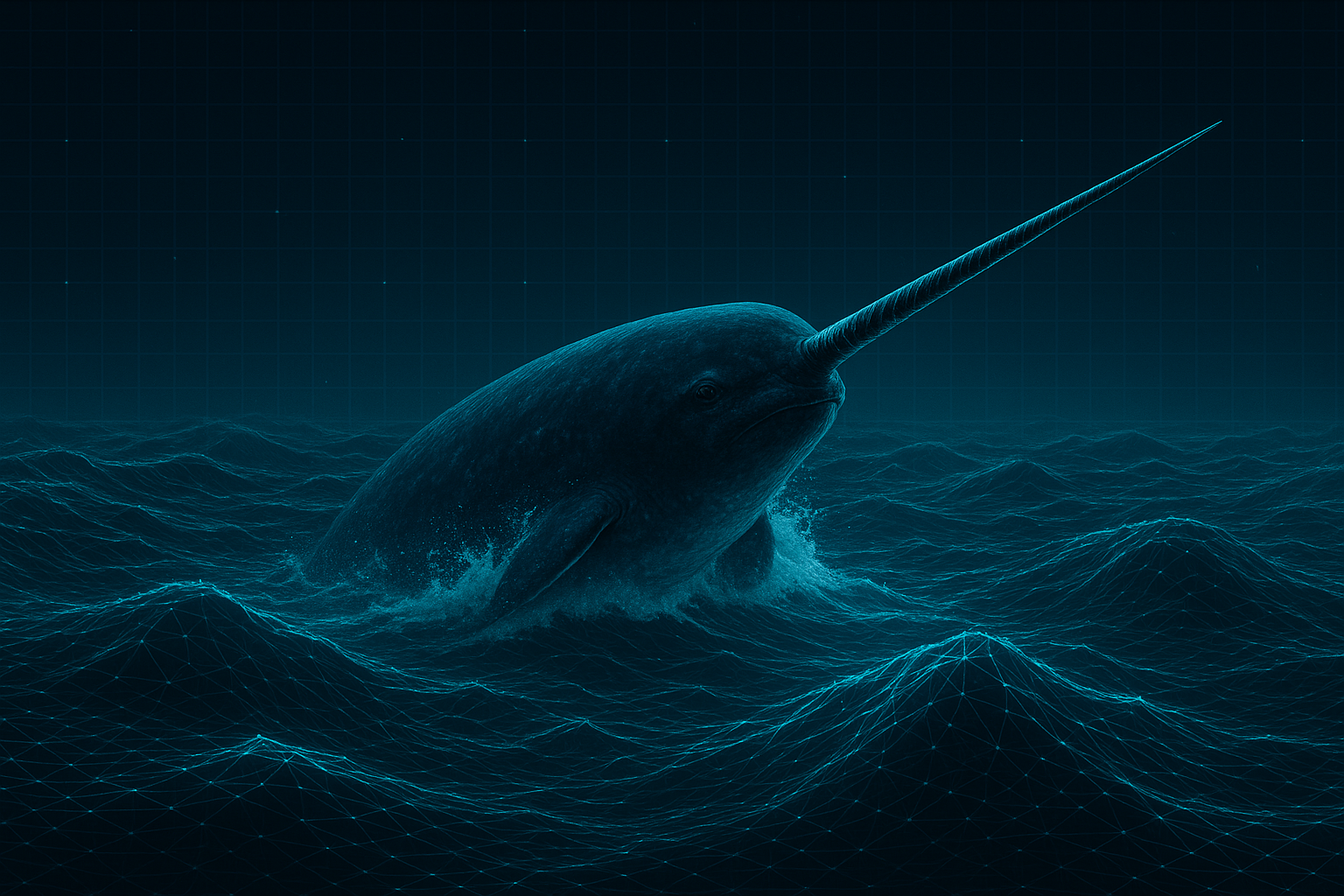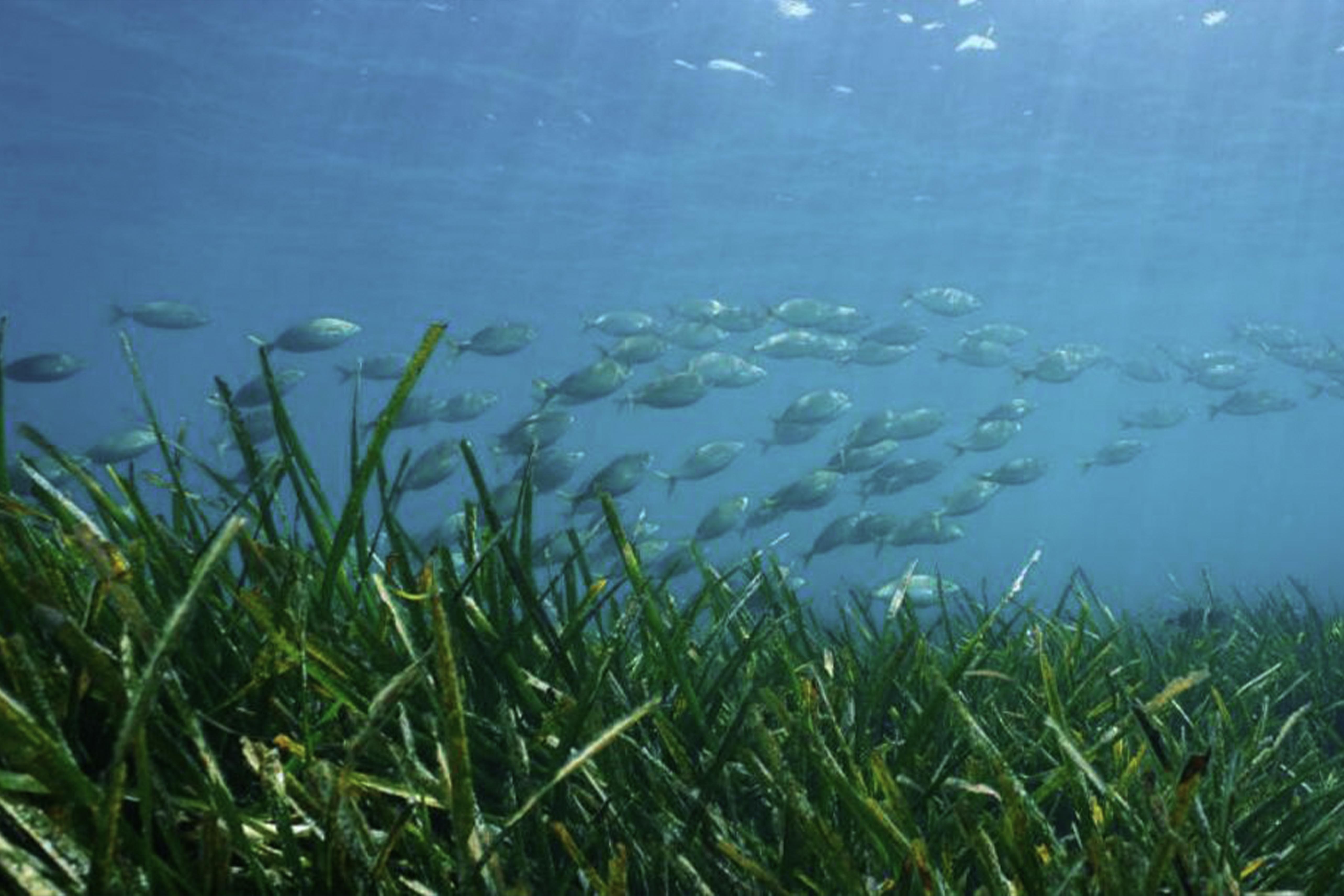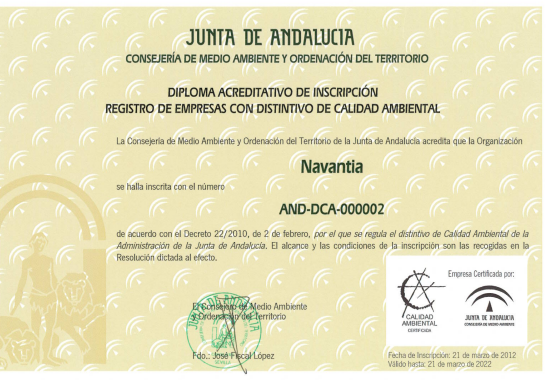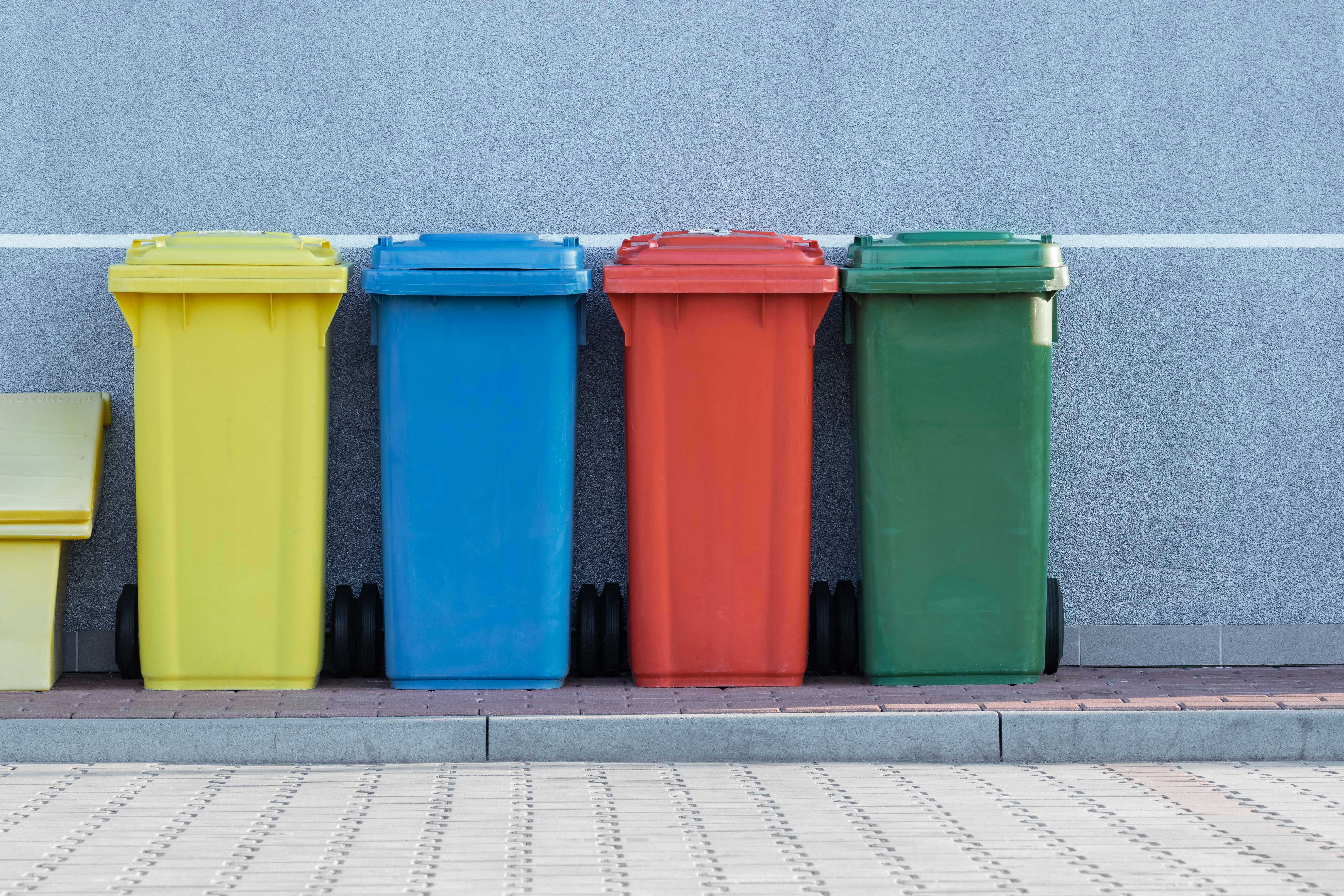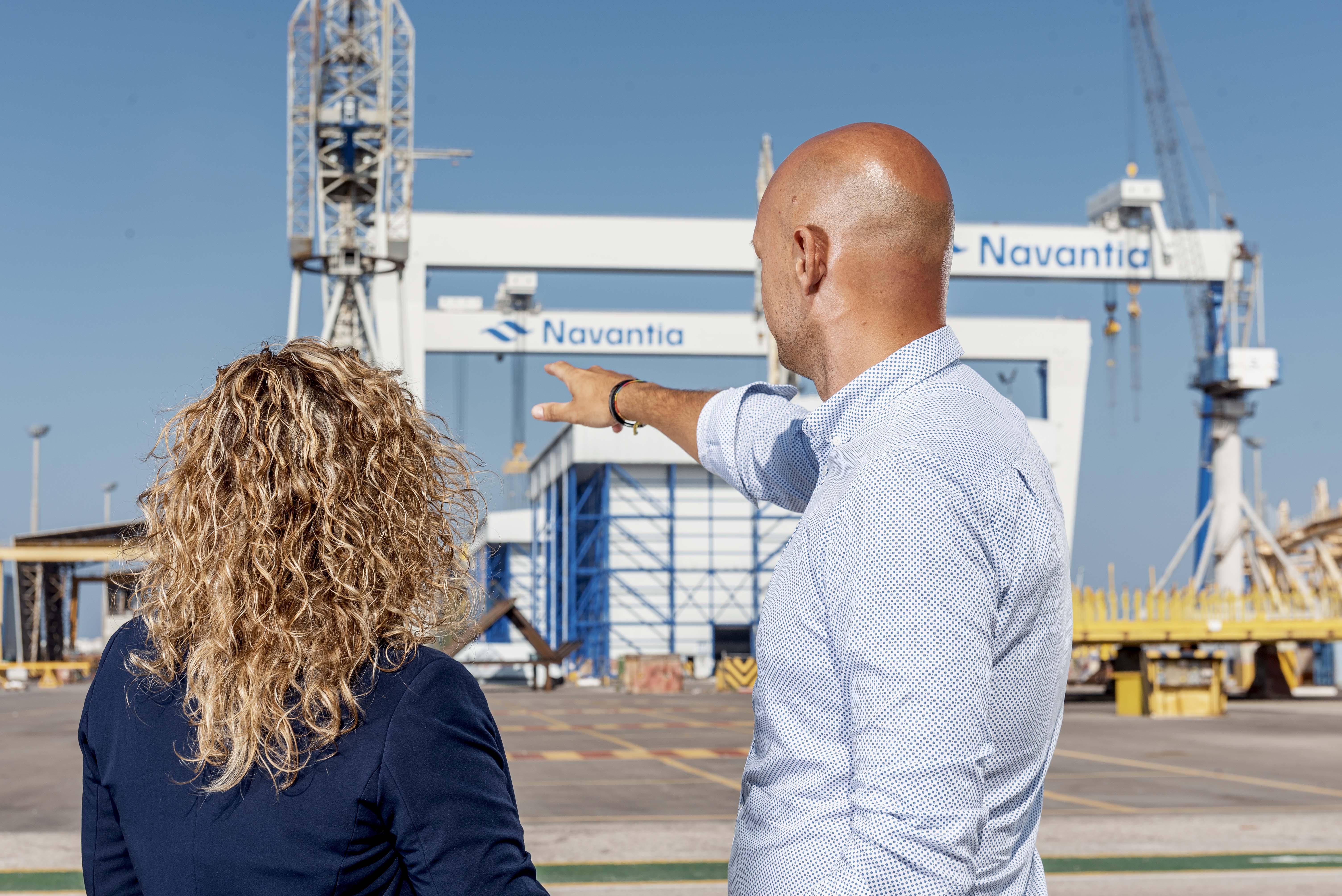Impacto Ambiental
Protegemos y cuidamos el entorno natural con responsabilidad.
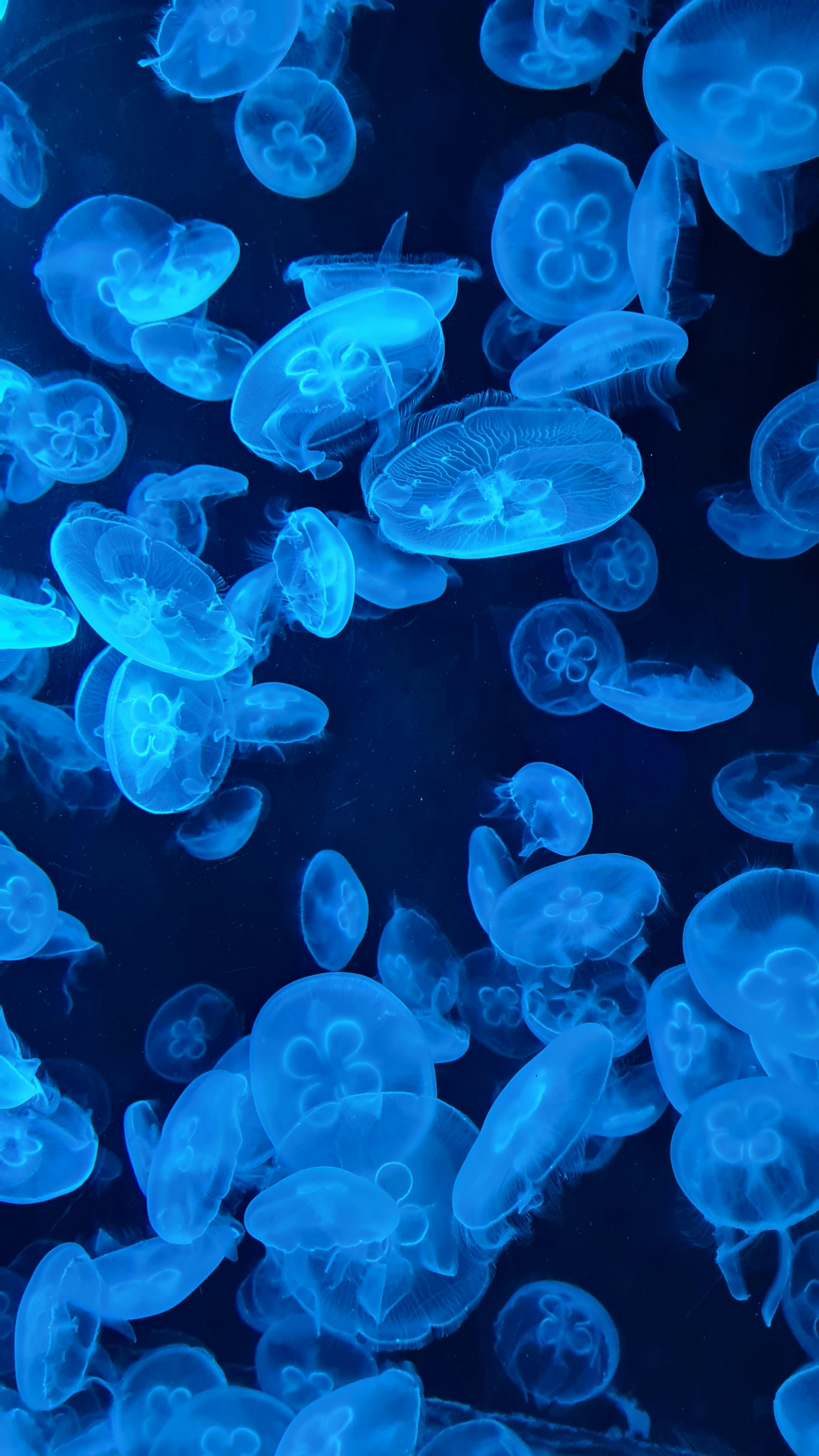
Navantia combate el cambio climático con una construcción naval sostenible, gestionando sus factorías para reducir el impacto ambiental y diseñando productos según los estándares internacionales de protección medioambiental, especialmente del medio marino.
Navantia se ha fijado el objetivo de alcanzar la neutralidad en carbono (Net Zero) para el año 2040 en los alcances 1 y 2, logrando una descarbonización del 55% para 2030. Se compromete a medir y reducir el impacto de su huella de carbono derivado de sus actividades.
Navantia tiene como objetivo ser Net Zero en 2040
Para cumplir con este objetivo, Navantia está implementando un Plan de Descarbonización enfocado en los alcances 1 y 2, y también trabaja en la consideración y medición del alcance 3. Como parte de su compromiso con las regiones en las que opera, Navantia desarrolla iniciativas dirigidas a la reducción y compensación de su huella de carbono.
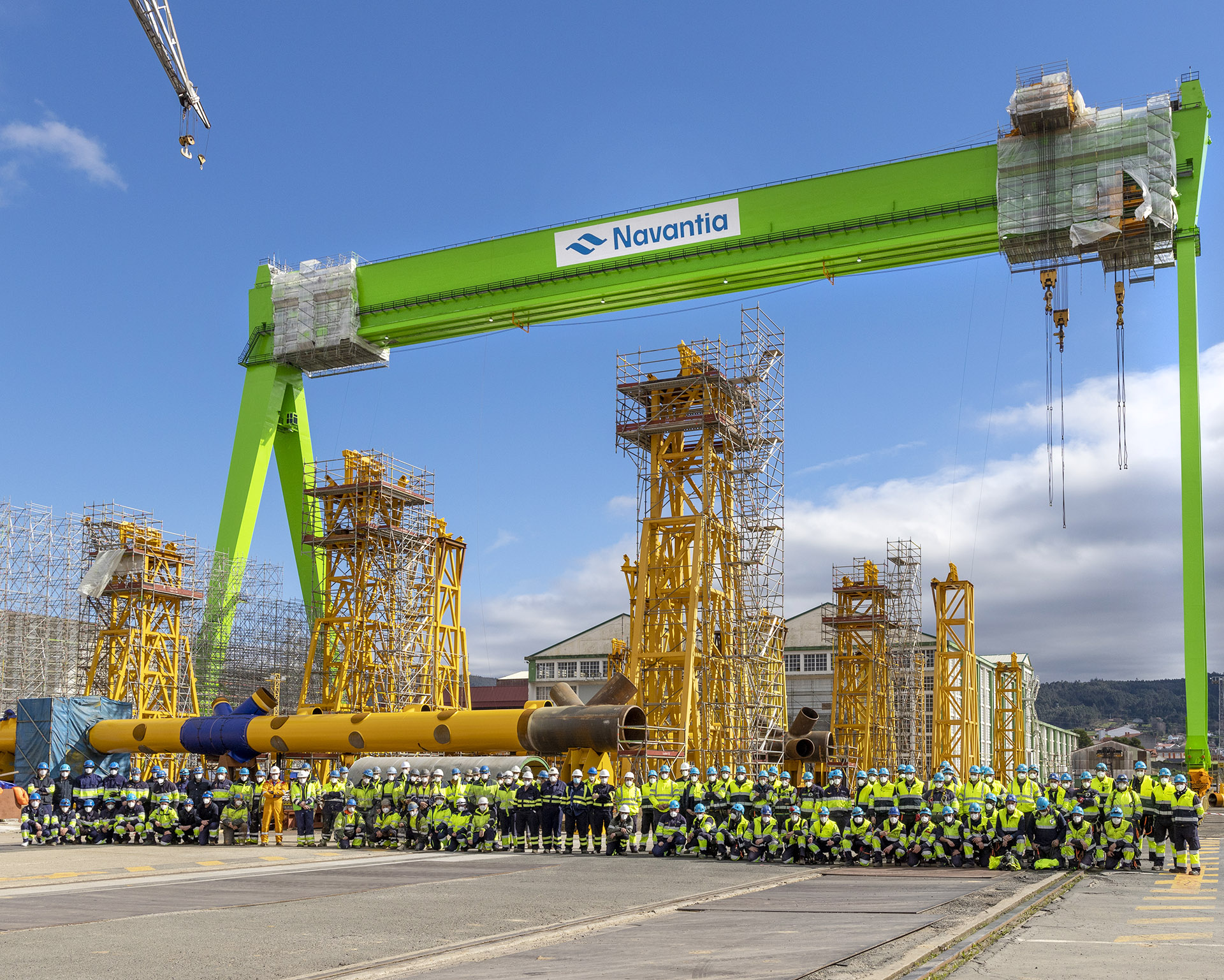
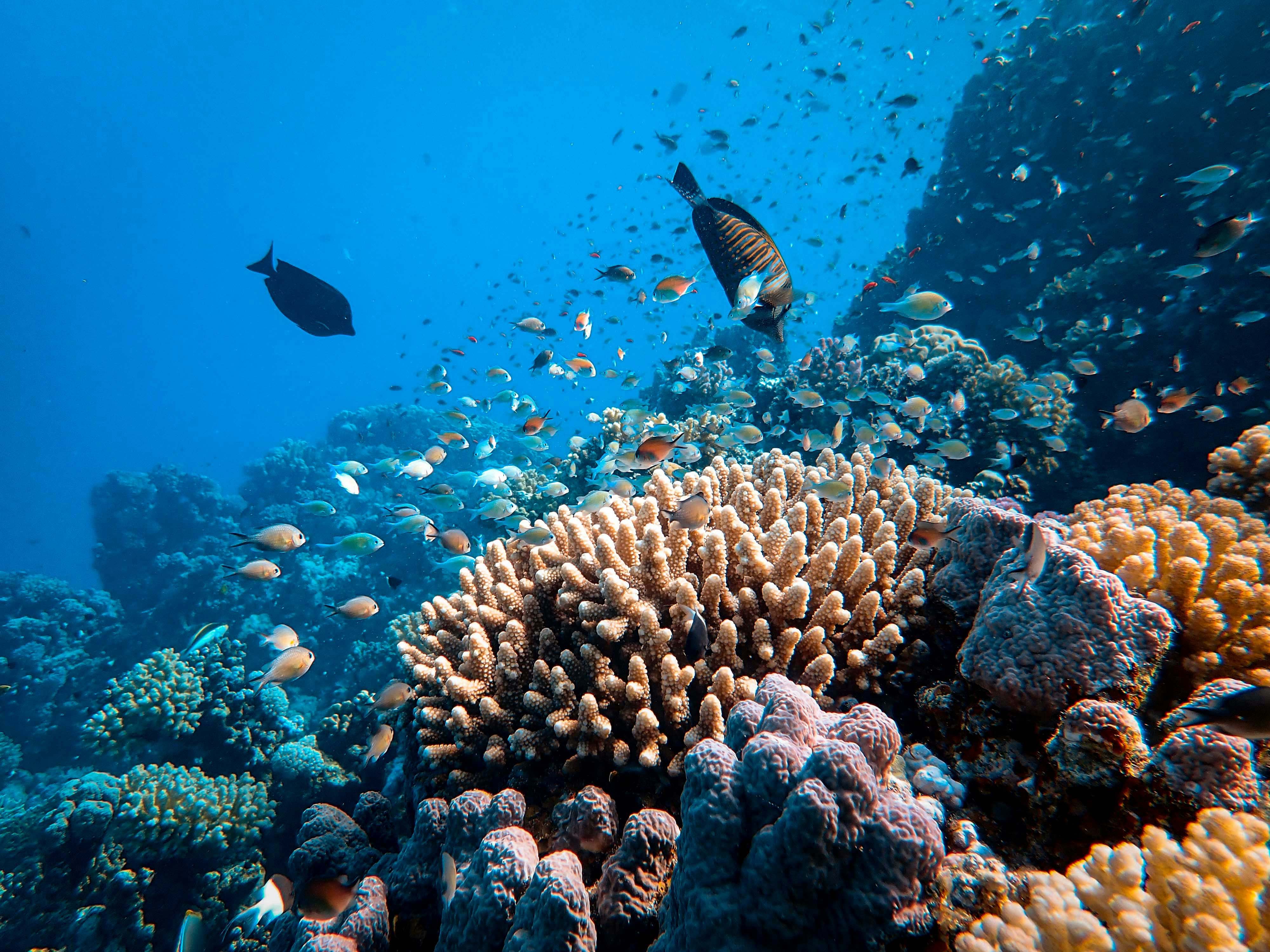
Emisiones directas de GEI. Por ejemplo, emisiones provenientes de la combustión en calderas, hornos, vehículos, etc., que son propiedad de o están controladas por la organización.
Emisiones indirectas de GEI asociadas a toda la generación de electricidad adquirida y consumida por parte de todos los astilleros y elementos de producción de Navantia.
Emisiones indirectas de GEI asociadas a generación de electricidad y otras emisiones indirectas, como extracción y producción de materiales adquiridos la organización
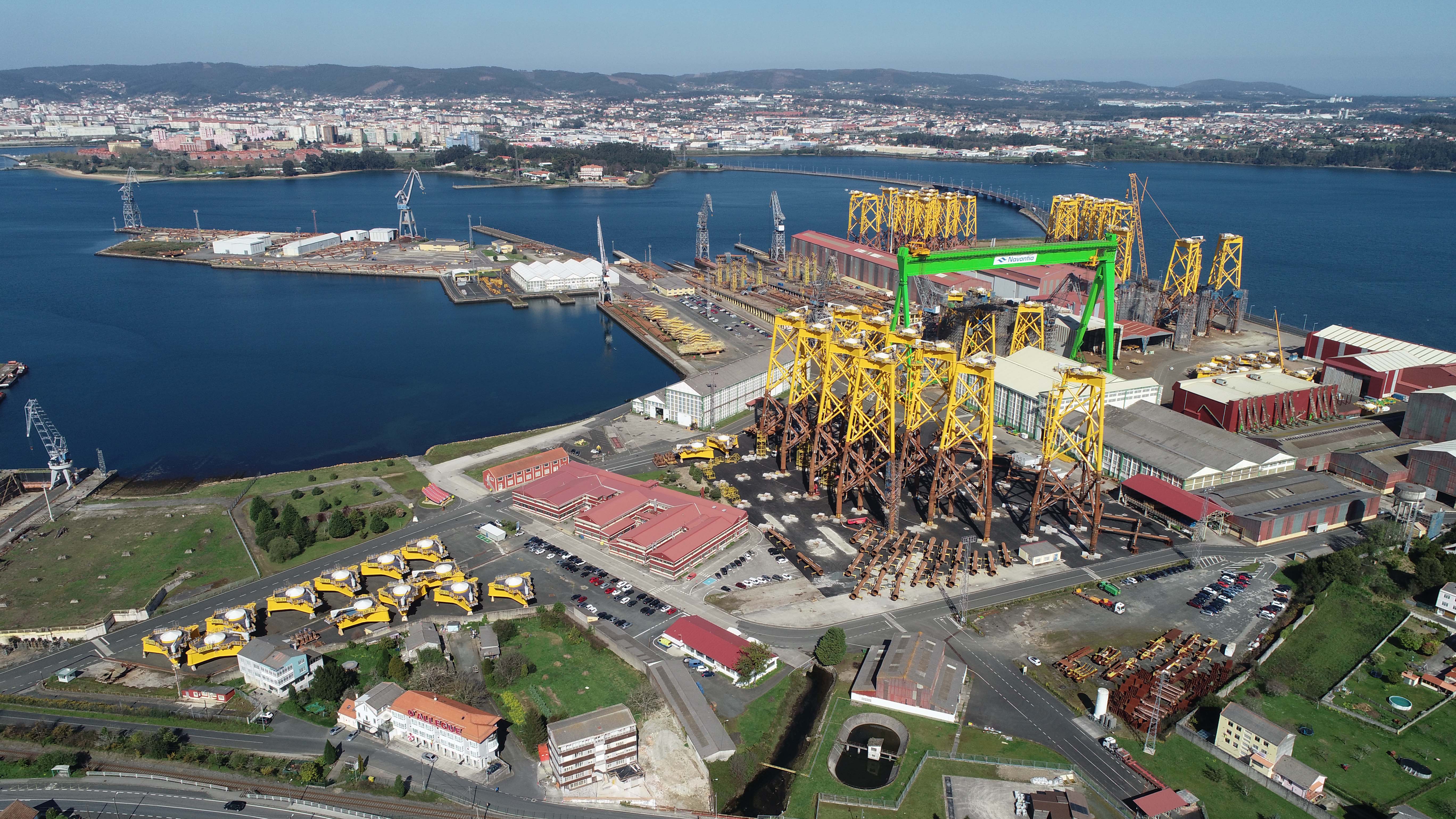
Navantia Obtiene la Certificación Completa del MITERD
Navantia cuenta con la certificación completa del MITERD para las tres componentes "Calculo", "Reduzco" y "Compenso" del sello otorgado por el Ministerio referente a la huella de carbono. El Registro de huella de carbono, compensación y proyectos de absorción es un registro nacional, de carácter voluntario para fomentar el cálculo y reducción de la huella de carbono de las organizaciones españolas, así como promover los proyectos que mejoren la capacidad sumidero de España.
Navantia Circular y Ecodiseño
El ecodiseño consiste en incorporar criterios ambientales en las etapas iniciales del diseño, considerando esta variable como un requisito más del proyecto, asegurando así su implementación en el producto final. Navantia se compromete con el medioambiente, integrando principios de ecodiseño en sus actividades. Busca estar a la vanguardia tecnológica para mejorar su competitividad y posicionamiento futuro, y promueve proyectos sostenibles que sean no contaminantes, circulares y ambientalmente neutros.
Aplicación de criterios de ecodiseño a nuevos proyectos (fragata ligera)
Asistente de gemelo digital del buque orientado a reducir su impacto medioambiental.
PERTE Naval PP29 - Mejora del impacto ambiental del buque tipo mediante el desarrollo de estrategias de ecodiseño y gestión de residuos (Buque ECOGES)
Sistemas propulsivos verdes (Smart 4000, buques hidrográficos).
PERTE Naval PP03 - Desarrollo de sistemas propulsivos verdes para buques marítimos (SISPROVE)
Smart Energy Grid - Cuyo objetivo establecer redes de distribución eléctrica inteligente para, entre otras cosas, mejorar la eficiencia energética del buque y reducir el consumo.
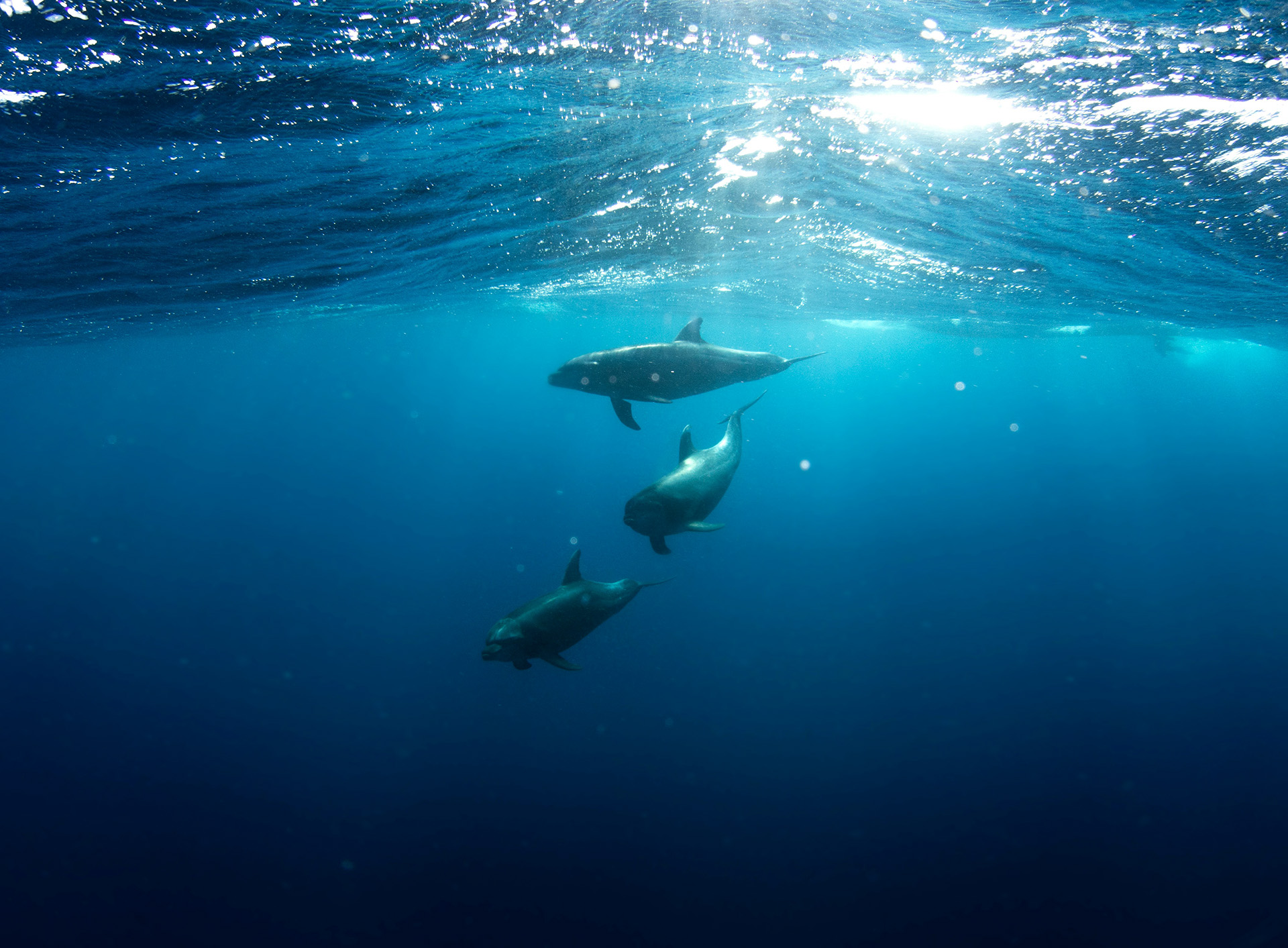
Residuo Cero y Proyectos Relacionados
Navantia sigue una política de residuos que prioriza la prevención, reutilización, reciclaje y valorización de residuos, dejando la eliminación como último recurso. Promueve la economía circular para maximizar el uso de los recursos y reducir la generación de residuos. El objetivo es reciclar o valorizar una mayor cantidad de residuos no peligrosos en lugar de enviarlos al vertedero, aumentando así el porcentaje de residuos aprovechados.
Minimizar el consumo
y agua por hora trabajada un 30%
Astillero sostenible
Estudiar el diseño de un astillero sostenible.
Sostenibilidad de la plantilla
Ampliar los conocimientos de sostenibilidad de la plantilla.
Certificado de residuos cero
Asegurar que todos los centros tienen un certificado de residuo cero.
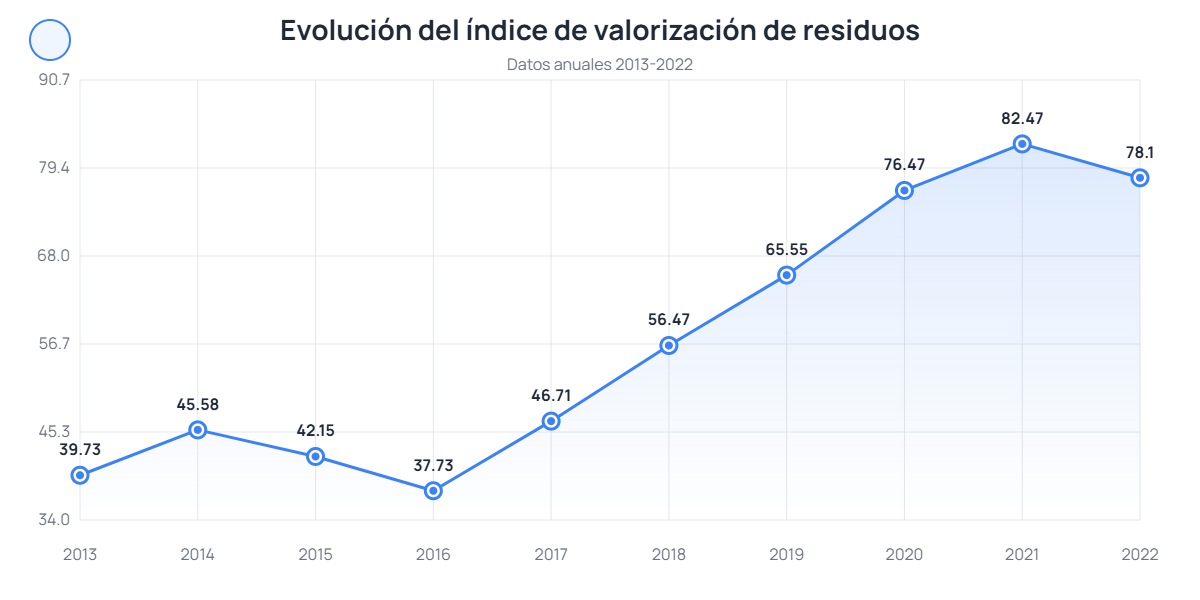
Certificado Residuo Cero
Incrementar la valoración de residuos a más del 90%, priorizando el reciclaje directo, y reducir los residuos peligrosos un 10% asegurando que todos los centros tienen un certificado de residuo cero.
Biodiversidad y Medio Marino
Navantia trabaja para conservar la biodiversidad y proteger los ecosistemas marinos y costeros, impulsando la investigación en tecnología marina. Desde 2020, está adherida al Pacto por la Biodiversidad con la Fundación Biodiversidad del Ministerio para la Transición Ecológica y el Reto Demográfico (MITERD), demostrando su compromiso con la conservación y uso sostenible de la biodiversidad.
Inicialmente enfocado en el Bosque Navantia, a través de proyectos de reforestación en terrenos aledaños a nuestros centros, el enfoque de Ecosistema Navantia se amplía desde un doble punto de vista: por un lado, muy vinculado con nuestro objeto, se abordan proyectos de secuestro de carbono azul, es decir, la compensación con proyectos asociados a ecosistemas marinos y costeros para apoyar su conservación; por otro lado, nuestro papel no se limita a la mera compensación parcial de nuestra huella de carbono, sino que también asociamos nuestros proyectos al buen estado de conservación de los espacios donde se realizan.
El compromiso de Navantia por la compensación de gases de efecto invernadero (GEI) se centra en el proyecto corporativo “Ecosistema Navantia”, este proyecto busca mitigar el cambio climático mediante la compensación de emisiones, aumentando la capacidad de absorción de los sumideros de carbono y preservando la biodiversidad
Navantia publica datos a través de GBIF (Global Biodiversity Information Facility) en colaboración con el Nodo Nacional de Información en Biodiversidad (GBIF.ES), patrocinado por el Ministerio de Ciencia e Innovación y gestionado por el CSIC. Ha compartido información sobre fauna bentónica en el ecosistema marino cercano a sus instalaciones, basada en los planes de seguimiento del medio receptor del Área de Medio Ambiente.Navantia publica datos a través de GBIF (Global Biodiversity Information Facility) en colaboración con el Nodo Nacional de Información en Biodiversidad (GBIF.ES), patrocinado por el Ministerio de Ciencia e Innovación y gestionado por el CSIC. Ha compartido información sobre fauna bentónica en el ecosistema marino cercano a sus instalaciones, basada en los planes de seguimiento del medio receptor del Área de Medio Ambiente.
Medioambiente e ISOs
Navantia cuenta con la certificación ISO 14001:2015, un estándar internacional que avala su compromiso con la gestión ambiental responsable. Esta certificación se aplica a todos sus núcleos productivos, incluyendo los centros de la Bahía de Cádiz, la Ría de Ferrol y la Dársena de Cartagena, lo que garantiza que en cada una de estas instalaciones se implementan sistemas de gestión ambiental eficaces, alineados con los más altos estándares internacionales. Además, este compromiso se extiende también a sus oficinas centrales ubicadas en Madrid, reforzando así una política medioambiental integrada en toda la organización. Esta acreditación demuestra la apuesta decidida de Navantia por la sostenibilidad, la mejora continua y el respeto por el entorno en el desarrollo de su actividad industrial.






